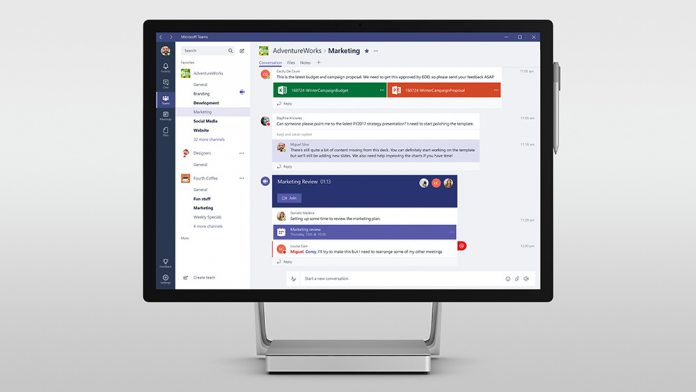Microsoft expects the functionality to reach all users by mid-may, delivering a welcome addition for universities and large companies. Such huge calls aren’t common, but the addition does provide a selling point over competitors. Still, it’s not all about pure numbers. As it expands its service, Microsoft is putting safeguards in place to prevent notification spam. Past 20 users, features like Outlook replies, typing, indicators, and video and voice calling are disabled. Comparatively, competitor Zoom allows voice and video calls in group chats of up to 100 participants, with video feeds for 49 of those a once. With its large meeting plan, you can up that number to 500. Teams’ is 250 limit will be a new standard, rather than an additional add-on, but the trade-off is those feature cutbacks. Still, there’s nothing to say Microsoft won’t improve its call capacity in the future, or its file attachment limit, which remains the same. In the meantime, it’s working on improving the number of users displayed at once in calls. It recently more than doubled it from four to nine, and has promised expansions soon. To further compete with Zoom, it added a custom background feature late last month. It also highlighted its security chops after Zoom was found to be leaking credentials. Slack is taking a slightly different approach to the increased video calling competition. Its users can make use of its in-built functionality or make calls in Teams or Zoom. Slack’s CEO recently said that he doesn’t see Teams as a competitor, despite previously accusing Microsoft of unsportsmanlike competition. Whatever his definition, Slack, Zoom, and Google are clearly in a feature arms race during this pandemic.




